
Today February 9 marks 10 years since Steve Jobs took the stage of the Moscone Center to present what for some would be the first smartphone on the market, an iPhone that hit the market on June 29, 2007 in the United States and that has been annually been renewed to become the main economic engine of the company, currently representing more than 60% of the income of the Cupertino boys.
Until now, PDAs and BlackBerry were the favorite devices of users to be able to connect to the Internet, view web pages, check email, but the operation it was not as intuitive and simple as Steve Jobs showed us that could be done with the iPhone. The interaction with the device by making gestures on the screen with the fingers was one of the characteristics that most attracted the attention of all those lucky enough to attend the presentation.
The iPhone was the beginning of the end of how we understood telephony until the launch of this device. Little by little many were the manufacturers that were adopting many of the characteristics of the iPhone. It was then that the race between iOS and Android began, becoming the only alternatives on the market. On the way, BlackBerry and the Finnish giant Nokia fell with Symbian and later with Windows Phone.
Throughout these 10 years, Apple has been annually renewing the iPhone adding new features and functions, making this device the model to be followed by many manufacturers, although in recent years he has been accused of having stopped innovating as much as he did in the past. While it is true that Apple has not been the first to launch innovative features, the company has focused on polishing them to make them work unbeatable.
How many iPhone models has the company released?
Since June 29, 2007, and as I have commented above, Apple has been launching a new model every year, models that are logically faster and offer us more functions than its predecessor. For this year's iPhone, which we still do not know if it will have a special name to celebrate the tenth anniversary, Apple should again leave us with our mouths open or at least that is what many users expect. Also as Tim Cook commented a few hours ago "the best is yet to come." Some rumors suggest that Apple could launch three iPhone models this year: the renovations of the 4,7 and 5,5-inch models and a special version with a screen curved on both sides, similar to Samsung Galaxy Edge. Rumors that until the year progresses, we will not be able to confirm or deny.
iPhone 1st generation / 2G
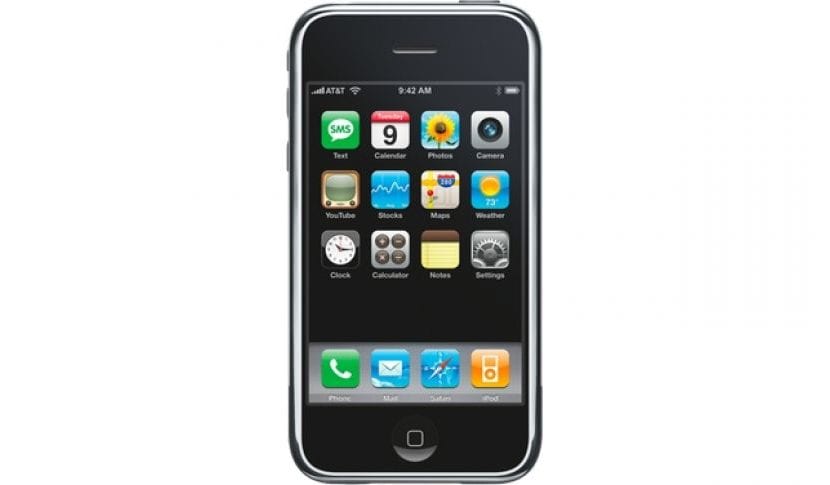
The first generation of the iPhone, hit the market on June 29, 2007, six months after its presentation. Over the years, Apple has considerably reduced the time between the presentation and the launch of the model on the market, something highly appreciated by users. The first generation iPhone It offered us a Captive LCD screen of 320 × 480 pixels, with a density of 163 dpi and it was managed by 128MB of RAM. This first iPhone made use of a Samsung ARM processor at 412 MHz.
iPhone 3G
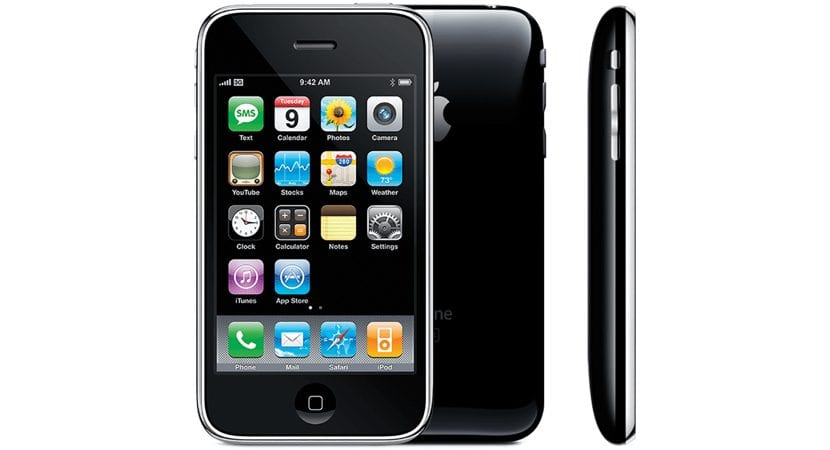
The second generation of the iPhone, was presented on July 11, 2008, and like its predecessor, it offered us a 3,5-inch Captative LCD screen, with a resolution of 320 × 480 with 163 dpi. The memory of the iPhone 3G was 128 MB and the processor was still the same as the previous model, the Samsung ARM 1176 at 412 MHz.
iPhone 3GS
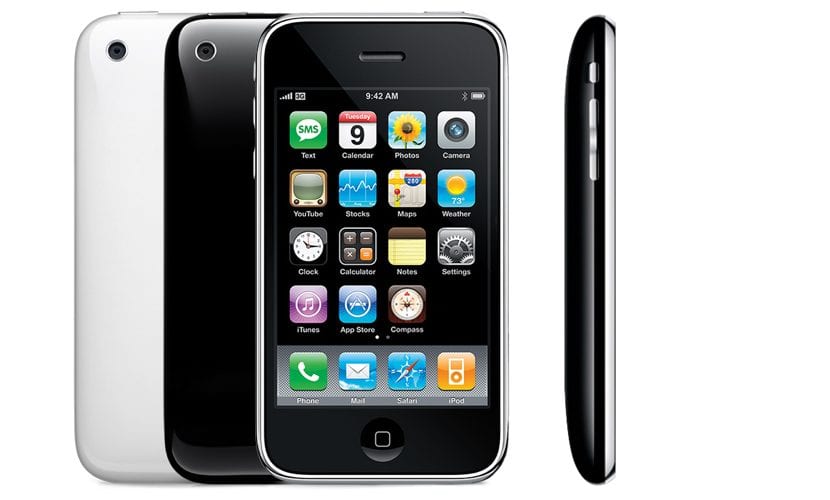
The renewal of the iPhone 3G, which was introduced on June 19, 2009, was a big change compared to previous models. The memory of the device was expanded up to 256 MB, the screen remained the same as the two previous 3,5-inch models and with a resolution of 320 × 480 and a density of 163 dpi. Inside, Apple opted for a new processor also from the Korean firm Samsung, the Samsung S5PC100 ARM Cortex A8 at 600 MHz.
iPhone 4
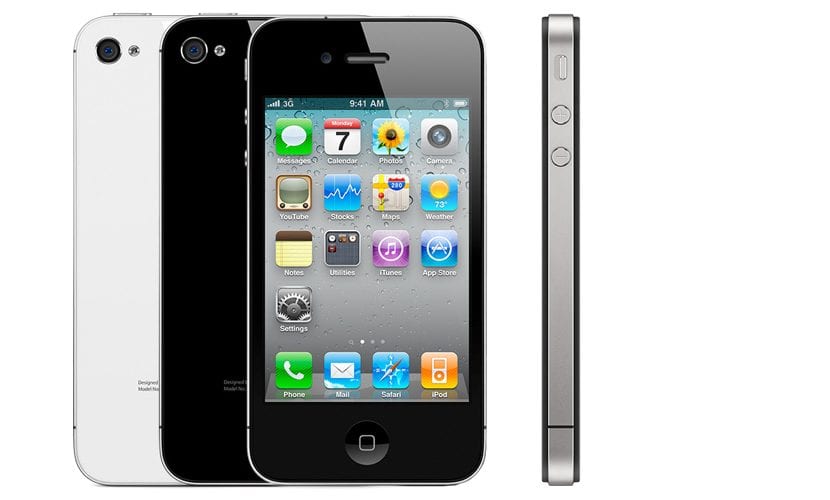
The iPhone 4 was a complete renovation of the design of the iPhone as we knew it so far, going to offer a more square and thin design. Apple officially introduced the iPhone 4 on June 24, 2010, a device that It offered us for the first time a 3,5-inch IPS retina screen with a resolution of 960 × 640 pixels, with 326 dots per inch. The memory was expanded to 512 MB, double that of the previous model. It was at this time that Apple commented on using its own processors, a strategy that it has followed until now. The iPhone 4 was powered by the 4 GHz A1 ARM Cortex processor
iPhone 4s
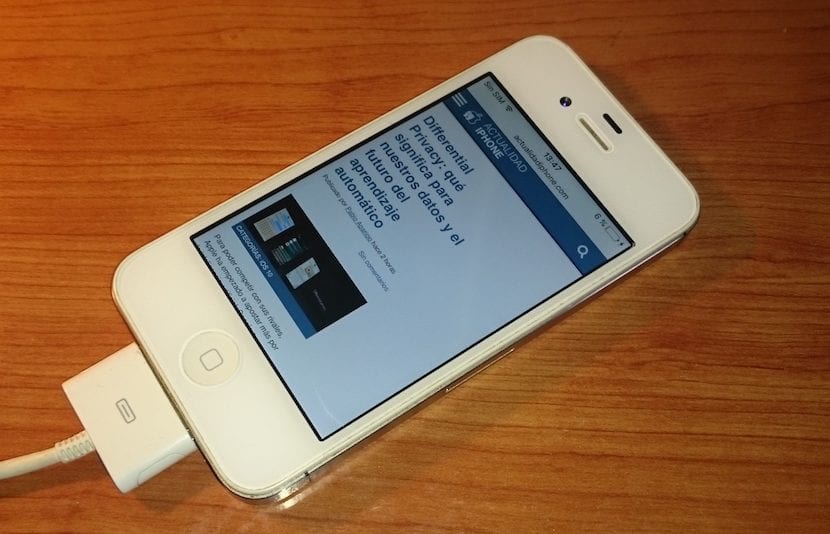
The 5th generation of the iPhone, was presented on October 4, 2011. In addition to the substantial change in the resolution of the camera, going from 5 mpx of the iPhone 4 to 8 mpx, it was also the official presentation of the Apple Siri assistant, assistant that was abandoned for a few years until Apple put the batteries in and began to considerably improve the functions and usefulness of it. Inside we find the 5 MHz dual-core A800 chip along with 512 MB of RAM. Both the aesthetics and the weight and dimensions were practically identical to its predecessor. The iPhone 4s was the last iPhone model introduced by Steve Jobs.
iPhone 5
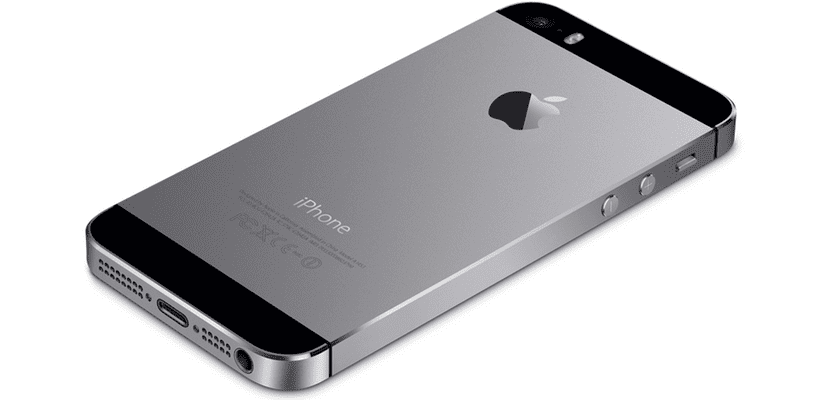
On September 12, 2012, Apple finally made the leap to 4 inches with a terminal built in aluminum, a very low-quality aluminum that quickly deteriorated simply with the friction of using the device on a day-to-day basis. Let's not talk about the falls ... Inside we find 1 GB of RAM and the 6 GHz dual-core A1,3 processor. This sixth generation of the iPhone had a resolution of 1136 x 640 pixels, the camera allowed us to record in 1080p quality in addition to being able to take panoramic captures of up to 28 mpx. The iPhone 5 was available in the market in three versions of capacity of 16, 32 and 64 GB. The launch of the iPhone 5 marked the end of the 30-pin connection, moving to the lightning connection.
iPhone 5c / iPhone 5s
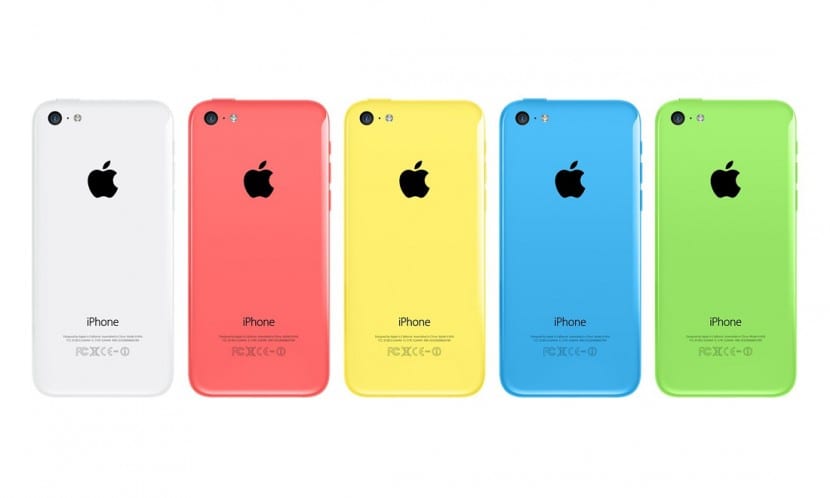
Throughout 2013, there was rumor about the possibility that the Cupertino-based company would launch a low-cost iPhone, an iPhone that would allow the company to hook a greater number of users to its ecosystem. After many rumors, leaks and others we could see how the idea of Apple did not go that way, since the price of the terminal was practically the same as the previous model (with one year on the market), in addition to offering a greater thickness and are available in different colors: blue, yellow, pink, green and white. This device passed practically without pain or glory through the market. The C of the iPhone 5c was not cheap, as had been rumored, but of color. This device hit the market in capacities of 8, 16 and 32 GB.
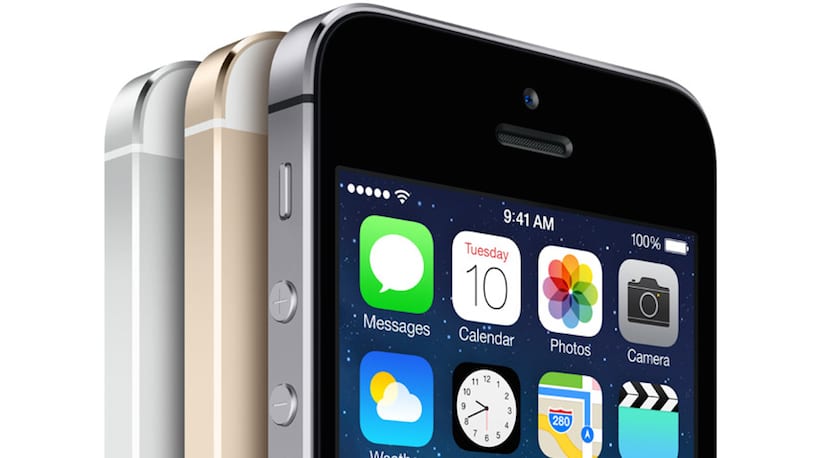
Along with the iPhone 5c, Apple also introduced the iPhone 5s on September 10, 2013, the The company's first device to integrate a fingerprint sensor and a motion coprocessor. The processor in the iPhone 5s was the dual-core A7 and the coprocessor in the M7. But in addition, the iPhone 5s also stood out for being the first device on the market that we could find in golden pain. The rear camera was redesigned and thanks to the new processor, it was capable of slow motion recording (120 fps). Like its predecessor, the iPhone 5s, it came on the market in three capacities of 16, 32 and 64 GB.
iPhone 6 / iPhone 6 Plus

The eighth generation of the iPhone, introduced on September 9, 2014, was one of the most desired by many millions of iPhone users, as the company finally recognized that the future of smartphones was to offer larger screens. Apple released the 6-inch iPhone 4,7 and the 6-inch iPhone 5,5 Plus. Both devices were managed by the dual-core A8 processor and M8 motion coprocessor. The main internal difference that we could find in the operation of both devices was in the optical stabilizer used in the Plus model. Inside, Apple was still betting on 1 GB of RAM, like the iPhone 5s, a resolution for the 4,7-inch model of 1334 x 750 with 326 dpi and 1920 x 1080 for the iPhone 6 Plus with 401 dpi.
iPhone 6s / iPhone 6s Plus

The ninth generation of the iPhone was announced on September 9, 2015. The main novelty, and in which we see how Apple continued to innovate, it was 3D Touch technology, a technology that as we press on the screen we will obtain an additional menu with shortcuts to applications, the possibility of showing a preview of web links, emails ... But it was also a complete renovation of the device's camera, past the traditional 8 mpx that accompanied us from the iPhone 4s at 12 mpx. Inside, the iPhone 6s and 6s Plus were powered by the dual-core A9 processor and the M9 motion coprocessor.
Also RAM memory expanded up to 2GB, offering a substantial difference in performance between the previous generation and this one. With the arrival of the iPhone 6s and 6s Plus, Apple launched a new color, Rose Gold, a color that became very popular with users and quickly sold out at the first change. The aluminum used by the company to manufacture this model was from the 7000 series, to avoid the famous bendgate suffered by the iPhone 6 Plus. This aluminum made the device much more resistant to both drops and the possibility of accidental bending.
iPhone SE
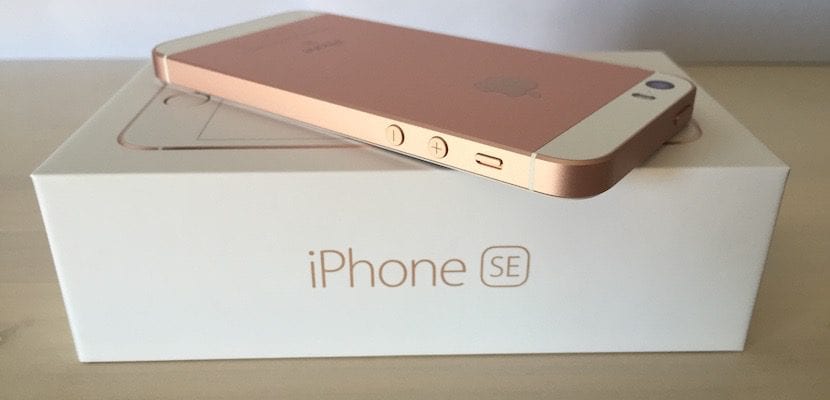
The iPhone 5s, despite being a veteran device, was still an option for many users who did not welcome such a large iPhone, especially if the main function was to call and not consume multimedia content. This fact was more than enough for Apple to re-launch a 4-inch device, with an aesthetic practically traced to that of the iPhone 5s, but with the interior of the iPhone 6s.
iPhone 7 / iPhone 7 Plus
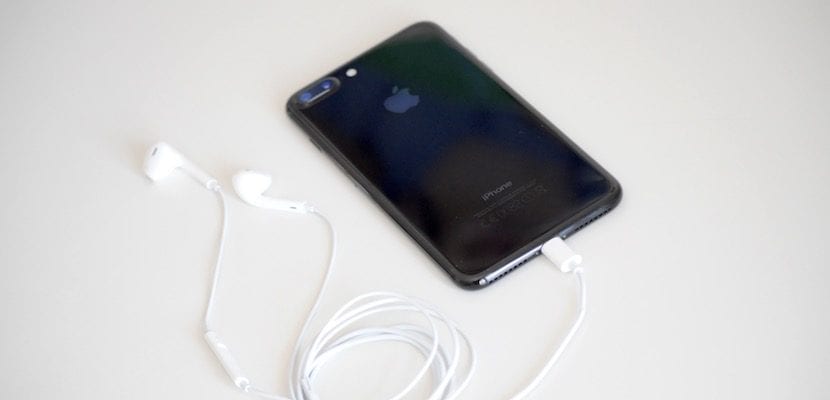
Last September 7, Apple introduced the tenth generation of the iPhone, an iPhone that premiered the A10 Fusion processor, a new screen with more vivid colors, a four-LED flash, 7 mpx front camera, higher sound quality due to the inclusion of more speakers ... but the main novelty was the inclusion of a double camera in the Plus model, a double camera that allows us to take pictures of people, although animals and objects also have room, with the background out of focus.
But it is not the only novelty of this tenth generation of the iPhone. The iPhone 7 is the beginning of the end of the headphone connection of the company, being the lightning connection the only way to connect a traditional headphones to the device. Being such a radical change and without prior notice, the Cupertino-based company includes in the box a 3,5 mm jack adapter to lightning, so that all users who want to continue using their headphones can do so without being forced to renew them for some compatible with this type of connection.
Nachete, a detail of the photo of the iPhone 5 that you have put in the article. I think that photo belongs to an iPhone 5s, since the Space Gray color was the one that came out to alleviate the black marks of the 5.
I know it because I suffered in my flesh, any small touch that I gave to the 5 and the color of the aluminum was clearly seen.
Of course, the black color of the 5 is spectacular (Like the 7) and not the space gray of the 5s or 6
regards